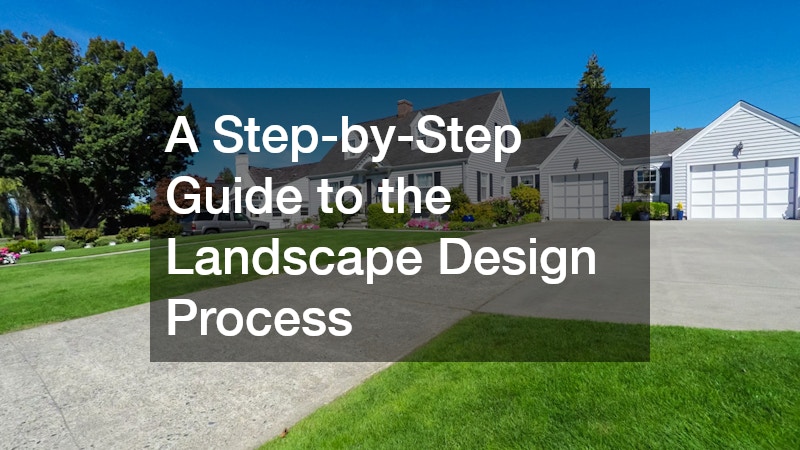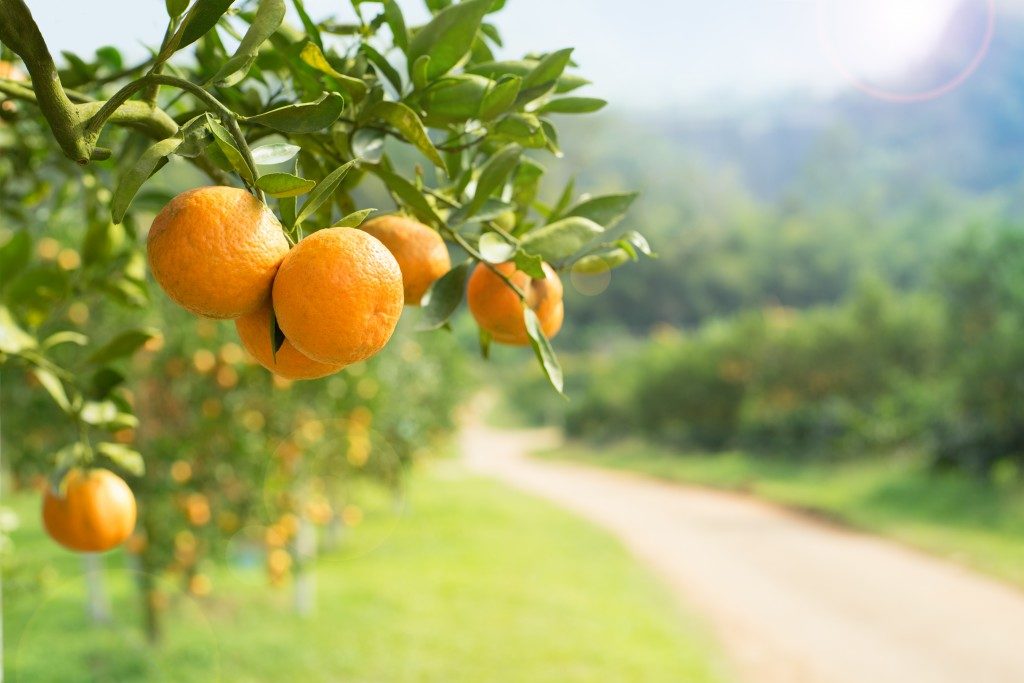The art of landscape design combines creativity, science, and practicality to transform outdoor spaces into stunning environments. A thoughtfully planned yard or garden does more than beautify a property — it also creates usable, inviting spaces that reflect your personal style while increasing home value. This step-by-step guide will walk you through the essential landscape design process, from initial concepts to final execution.
Whether you’re a homeowner looking to overhaul your backyard, install new garden beds, or a budding designer keen on mastering the craft, this guide is packed with insights to help you succeed. Along the way, we’ll also discuss how to incorporate elements like lighting installations, hardscaping, and even the services of local tree service companies, fence builders, and paving contractors to create a cohesive result.
By understanding the landscape design process, you can avoid costly mistakes, maximize your investment, and bring your outdoor vision to life. From assessing your property and creating a vision, to selecting plants, installing a new fence, and maintaining your space, these steps will ensure a smooth journey from idea to reality. Let’s dive in and explore what makes landscaping truly remarkable.
What Is The Landscape Design Process?
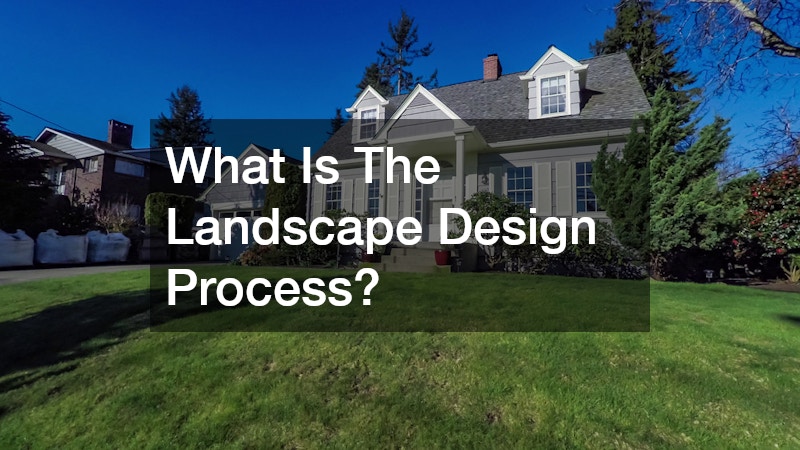
Understanding The Basics
At its core, the landscape design process is a series of steps that guide homeowners and designers from an initial idea through to a fully implemented outdoor space. It’s about translating goals, aesthetic preferences, and functional needs into a tangible plan that balances beauty and utility.
A professional approach ensures every detail — from the placement of garden beds to the materials chosen for walkways — is accounted for. This structured method often includes working with fence companies, local paving companies, and lighting installers, depending on the complexity of the project.
Components Of Landscape Design
The landscape design process typically involves site analysis, conceptual and detailed design, installation of plants and hardscaping, and ongoing maintenance. Core elements include planting design, hardscape planning (like patios, walls, and paths), water management, and lighting installations. The integration of all these components creates a harmonious outdoor environment.
Importance Of Planning
A successful landscape doesn’t happen by accident. Careful planning is critical to ensure that elements like a new fence, tree placements, and paving materials complement one another. It also allows you to work within your budget and avoid expensive changes later in the project. Planning also includes selecting the right fertilizer and planting strategies for long-term garden health.
How To Assess Your Space?
Analyzing Topography
The first step in the landscape design process is understanding the topography of your yard. Take note of slopes, drainage patterns, and existing structures. These factors will influence where you can place garden beds, pathways, or hire paving contractors to create a level patio.
Evaluating Soil And Climate
Good landscaping begins with healthy soil. Conduct soil tests to check for nutrients, pH levels, and drainage. Knowing this helps determine which plants and fertilizer will work best. You should also consider the local climate, as it dictates what greenery thrives and informs whether you’ll need the help of a local tree service to remove or prune trees.
Site Inventory And Measurements
Take detailed measurements of your property and inventory existing features like mature trees, shrubs, fences, and lighting installations. This data serves as the foundation for your design and can help identify opportunities, like replacing an old fence with something more functional from reputable fence builders.
How To Create A Vision And Set Goals?
Clarifying Personal Preferences
Your outdoor space should reflect your personal style. Whether you prefer lush, layered garden beds or a minimalist design with clean lines and modern lighting installations, clarifying your preferences is crucial to guiding the landscape design process.
Identifying Functional Needs
Beyond aesthetics, think about how you want to use your space. Do you need a safe play area for kids, a quiet reading nook, or entertaining zones? Knowing these functional needs helps prioritize elements like paving contractors for patios or fence companies for enclosing your yard.
Setting Realistic Goals
Dream big, but be practical. Factor in budget, time, and maintenance capabilities. Goals like adding a new fence, custom lighting, or installing raised garden beds should align with what you’re realistically able to manage and maintain long term.
What Are Design Principles And How To Apply Them?
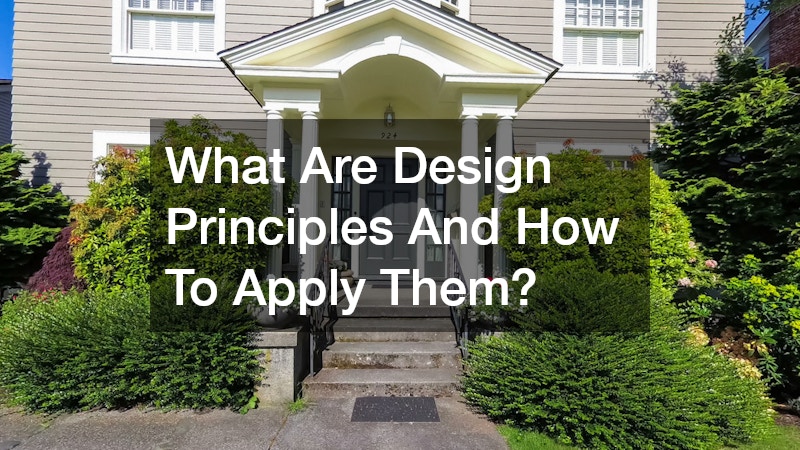
Balance And Symmetry
Balance and symmetry create a sense of order and calm. The landscape design process uses these principles to distribute plants, paths, and hardscaping elements evenly, whether you opt for a formal or informal style. For example, symmetrical lighting installations can define walkways beautifully.
Harmony And Unity
To achieve harmony, choose materials, plants, and colors that complement one another. Coordination between garden beds, paving, fences, and lighting installations makes the space feel unified. Even small details, like the choice of fence builders and paving contractors, play into the overall aesthetic.
Focal Points And Rhythm
Focal points — such as a striking tree, fountain, or statue — draw the eye, while rhythm guides movement through the garden. Strategic planting and pathways installed by a local paving company can create a natural flow, encouraging visitors to explore your space.
How To Choose The Right Plants?
Considering Climate Compatibility
Choose plants that thrive in your local climate and soil. The landscape design process involves selecting species that won’t struggle, reducing the need for constant intervention. A local tree service can also help assess the health of existing trees and recommend compatible additions.
Creating Seasonal Interest
To keep your garden visually appealing year-round, select a mix of plants that bloom or show color in different seasons. Pairing evergreen trees with flowering shrubs and perennial garden beds ensures your space remains attractive no matter the time of year.
Addressing Maintenance Requirements
Some plants demand more care than others. Be realistic about the time and resources you’re willing to invest. Using low-maintenance options and the right fertilizer can minimize upkeep while keeping your garden lush and vibrant.
How To Incorporate Hardscape Elements?
Selecting Materials
The hardscape — patios, walls, pathways, and fences — gives structure to your landscape. Choose durable, visually appealing materials that suit your style. Consult fence companies and paving contractors early in the landscape design process to explore material options.
Designing Walkways And Patios
Pathways and patios direct movement and define areas of use. Work with a local paving company to ensure proper installation, durability, and drainage. Thoughtful placement of lighting installations along paths adds safety and charm.
Integrating Water Features
Water features like ponds, fountains, or small streams can add tranquility and beauty. Be sure to consider placement carefully so it complements garden beds and doesn’t interfere with existing structures or fencing.
How To Develop A Functional Layout?
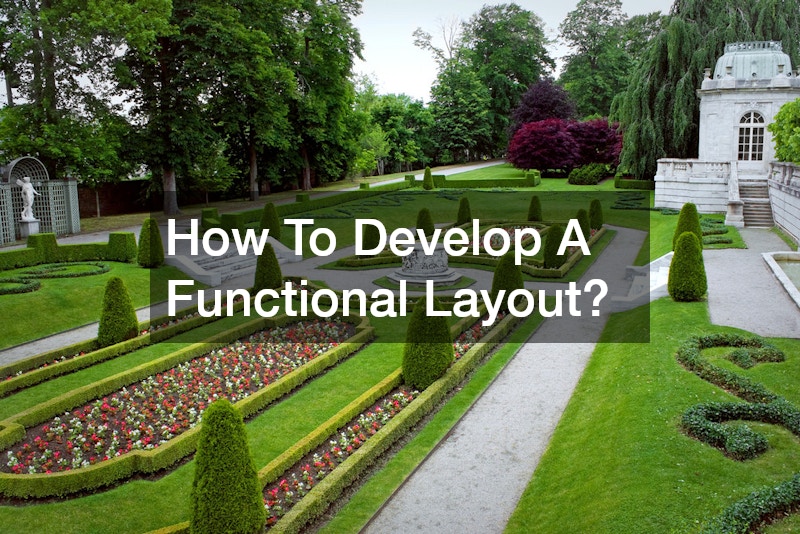
Zoning For Different Activities
The landscape design process involves dividing your yard into functional zones: dining, relaxation, gardening, play, etc. This ensures that each activity has its own dedicated space without feeling cramped. When planning zones, think about proximity to the house and how each area connects. For example, you might place a dining area closer to the kitchen for convenience and position a play area farther away for safety and quiet.
Garden beds can be tucked into sunny corners, while shady spots become cozy reading nooks. Using a new fence or hedges to separate zones can enhance privacy and organization. Thoughtful lighting installations help define each zone at night, and consulting with paving contractors ensures your paths logically link these areas. Consider how trees, provided or maintained by a local tree service, can frame or shade each zone beautifully.
Planning For Traffic Flow
Consider how people will move through your space. Design paths with smooth curves, good visibility, and sufficient width. Work with paving contractors and fence builders to create logical entry and exit points.
Considering Accessibility
A good design should be accessible to everyone. Features like smooth pathways, adequate lighting installations, and strategically placed garden beds make your space inclusive and easy to navigate. Accessibility isn’t just about wheelchairs — it also benefits kids, elderly family members, and guests with mobility challenges. Paving contractors can help you design level, slip-resistant paths, while fence builders can recommend gates that are wide and easy to open.
Raised garden beds are another great addition, allowing you to garden comfortably without bending too much. Even the placement of a new fence can influence accessibility, as it defines clear entrances and boundaries. The landscape design process can also include consulting with a local tree service to trim overhanging branches that might block pathways or create hazards.
How To Budget For Your Landscape Project?
Estimating Costs
Get multiple quotes from professionals — such as fence companies, paving contractors, and local tree services — to understand the full scope of your project. Don’t forget to budget for plants, fertilizer, and lighting installations. Costs can vary widely based on materials, complexity, and property size, so clear communication with contractors is key. Include a buffer in your budget for unexpected expenses, such as soil amendments or tree removal.
For garden beds, consider the cost of quality soil, mulch, and fertilizer to keep them thriving. If you’re installing a new fence, compare different materials like wood, vinyl, or metal for durability and price. The landscape design process should always include an honest discussion about budget limitations so your goals remain achievable and realistic.
Prioritizing Features
If your budget is tight, prioritize key elements like functional garden beds, a sturdy new fence, or essential hardscaping first. You can always add more features later as funds allow.
Exploring Financing Options
Some landscaping companies and contractors offer financing plans. Check with local paving companies, fence builders, and lighting specialists to see if they have payment options that suit your needs. Financing can make it easier to tackle big projects like installing a new fence, adding extensive garden beds, or hiring a local tree service to remove hazardous trees.
Be sure to compare interest rates and terms carefully before committing. You might also consider completing your project in stages, which can make the cost more manageable without formal financing. The landscape design process should account for your financial situation and help you strike the right balance between immediate goals and long-term improvements.
How To Hire A Landscape Designer Or Contractor?
Evaluating Experience And Credentials
Look for professionals with experience and positive reviews. Whether you’re hiring a landscape designer, a local tree service, fence builders, or paving contractors, credentials and proven expertise matter.
Understanding Contracts And Warranties
Before any work begins, review contracts carefully. Ensure details about the landscape design process, materials, timeline, and warranties are clear to avoid misunderstandings.
Reviewing Portfolios And References
Ask to see previous work and speak with past clients. Good fence companies, local paving companies, and lighting installation experts will be happy to provide references and examples of their projects.
How To Maintain Your Landscape?

Routine Care And Maintenance Tips
Even after the initial landscape design process is complete, maintenance is key. Regular watering, pruning, fertilizing, and lawn care keep your space looking great. Hire a local tree service for professional tree care as needed.
Seasonal Adjustments
Different seasons bring different challenges. Refresh garden beds in spring, check your new fence for winter damage, and adjust fertilizer schedules to meet seasonal plant needs.
Long-Term Landscape Health
To ensure your landscape thrives for years, invest in regular inspections of hardscape, plants, and lighting installations. Periodically reseal paved areas and repaint fences to maintain their integrity.
Conclusion
Creating a beautiful outdoor space isn’t just about planting flowers — it’s about thoughtfully crafting an environment that enhances your home, suits your lifestyle, and endures over time. The landscape design process provides a clear roadmap to transform your vision into reality, ensuring every detail is considered.
By assessing your property, setting realistic goals, applying sound design principles, choosing appropriate plants, and incorporating functional hardscaping, you create a harmonious, inviting yard. Remember to budget wisely, hire skilled professionals — from fence builders and local paving companies to lighting installers and tree services — and plan for ongoing maintenance to protect your investment.
With the guidance of this comprehensive step-by-step guide, your outdoor space can flourish into a sanctuary that reflects your unique style and serves your needs for years to come. Embrace the landscape design process with confidence and creativity, and watch as your garden beds, pathways, fences, and plants come together to form a stunning, cohesive landscape you can truly enjoy.

